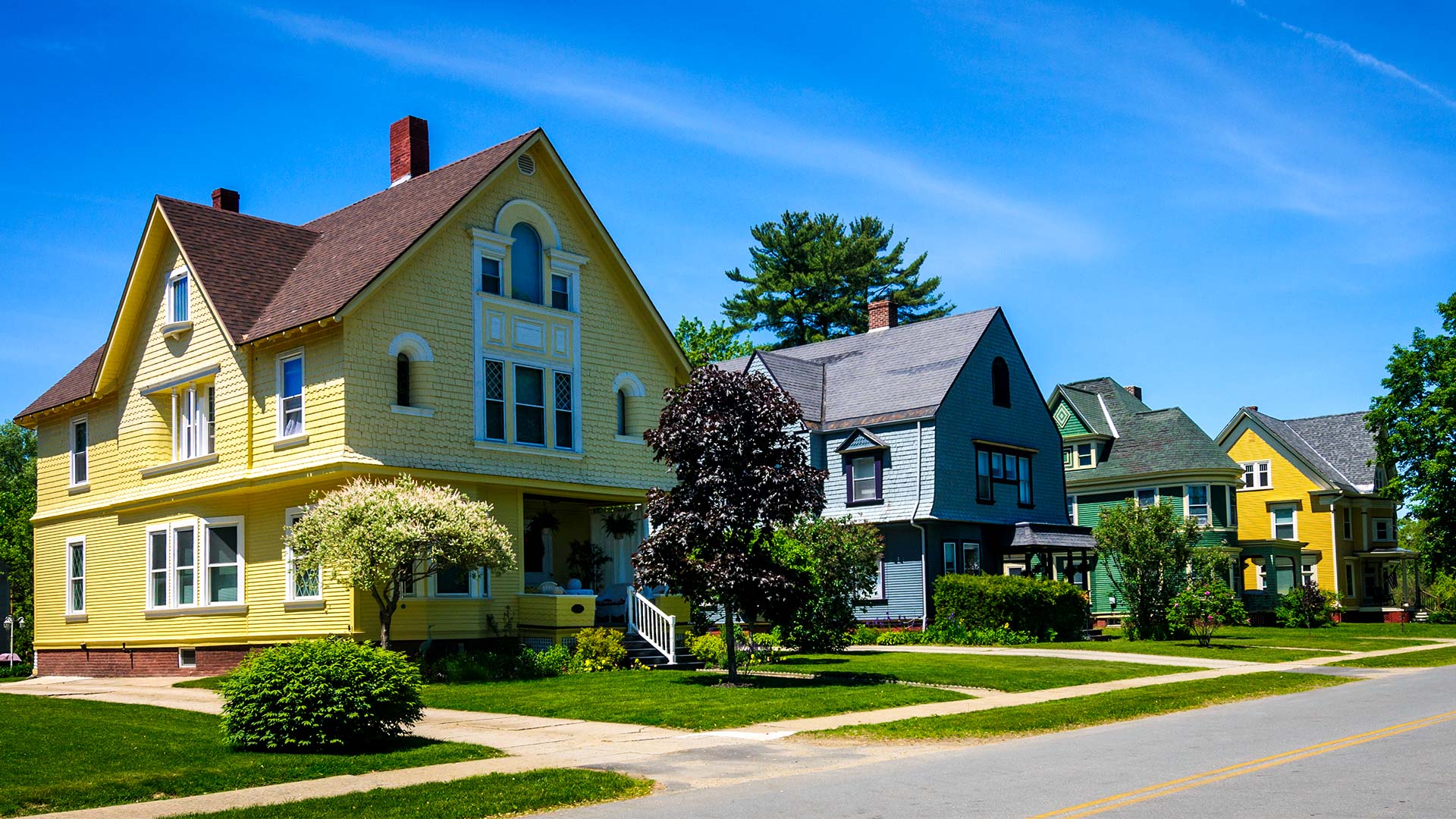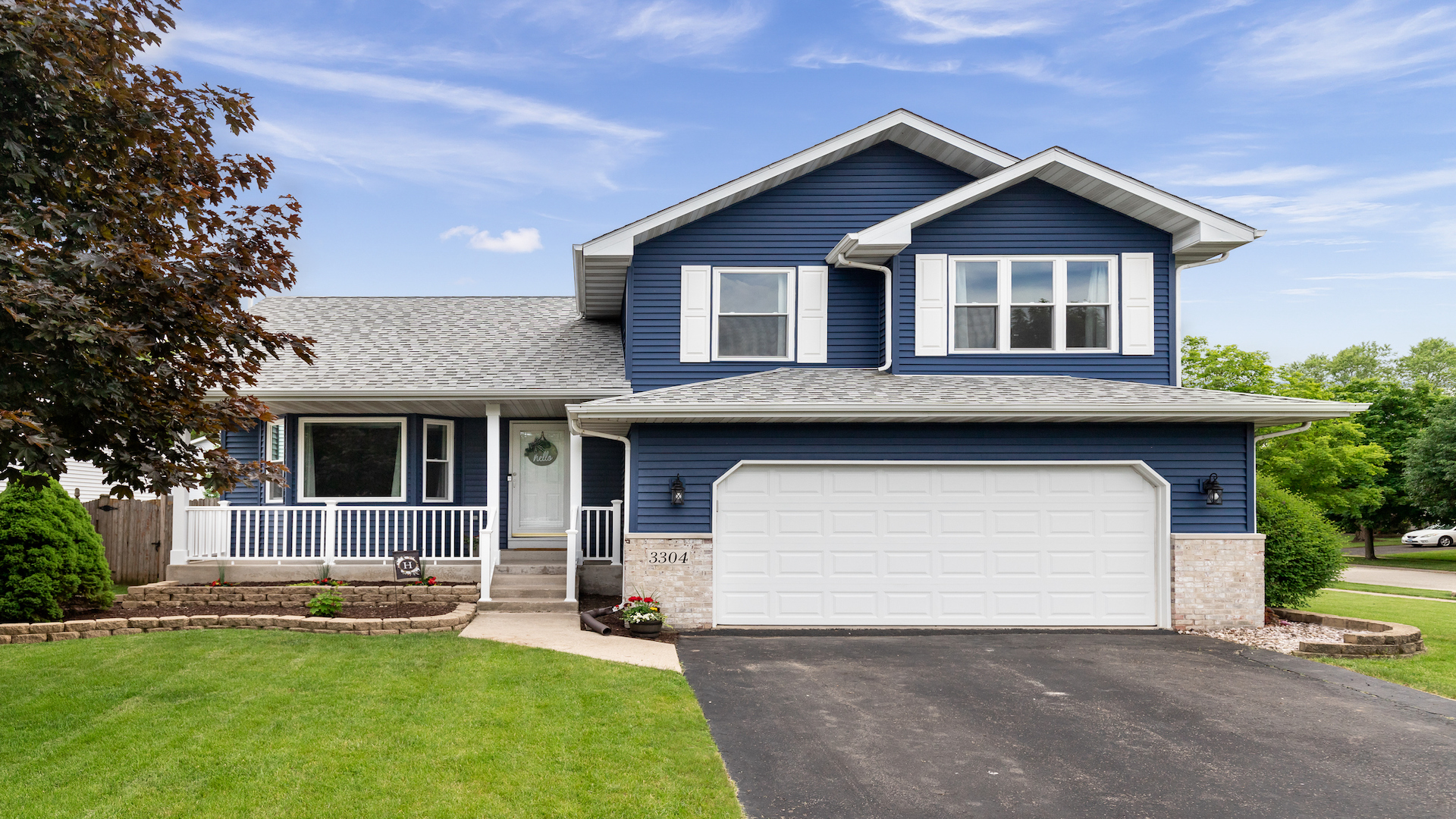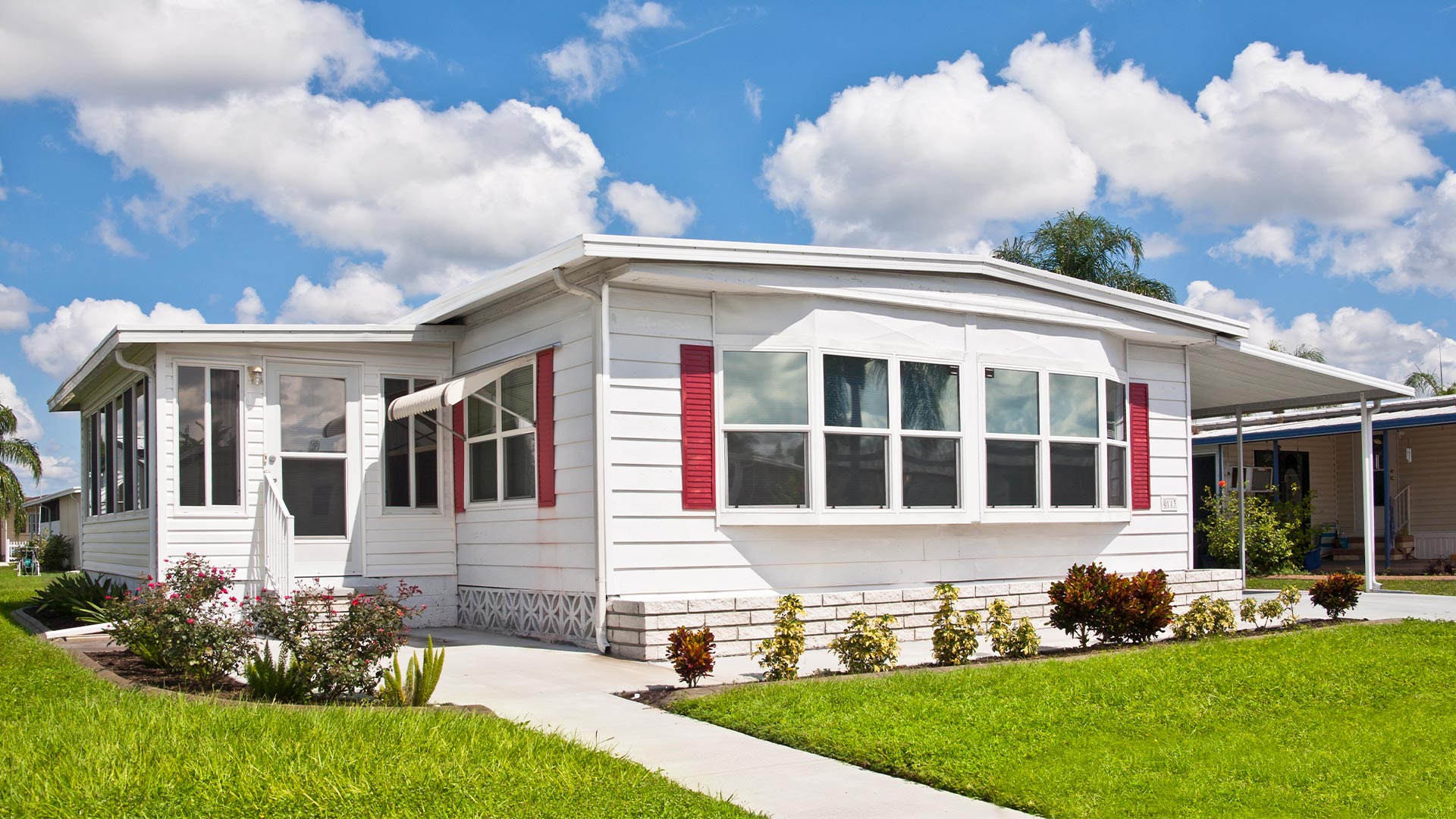
Who has the best mortgage rates?
When you want to find the best mortgage rate, it helps to know where to start looking.
We analyzed data from the 40 biggest lenders in 2020, looking for the lowest interest rates and fees.1
These lenders topped the list for best 30-year mortgage rates:
- Freedom Mortgage
- Better Mortgage
- Citibank
- Guild Mortgage Company
- American Financial Network
Remember, rates vary a lot from person to person.
Your own rate depends on factors like your down payment and loan term — so there’s a good chance your best rate will come from a company not listed above.
Luckily, rates are at historic lows right now. It’s a good time to shop for your best offer.
Find and lock a low mortgage rate (Jun 10th, 2021)In this article (Skip to…)
- Finding your best rate
- Mortgage rate rankings
- Lowest closing costs
- Rates vs. fees
- How to compare rates
- Tips to lower your rate
- What affects your rate
- Rates by loan type
How to find lowest mortgage rate
Mortgage rates are highly personal. Factors like your credit score and debt-to-income ratio will have a big impact on the rate you get.
That means the company with the lowest average rates won’t always be the cheapest lender for everyone.
For example: Among the 40 mortgage lenders in our study, Freedom Mortgage had the lowest average mortgage rate in 2020, at just 2.92% for a 30-year loan.
But average rates tell only part of the story. Overall, Freedom Mortgage rates ranged from under 2% to over 6%. So some people got much lower rates than others.
To find best offer, you have to request Loan Estimates from more than one company and compare.
Check your mortgage rates (Jun 10th, 2021)Best mortgage rates from top lenders
We looked at the 40 biggest mortgage lenders in 2020 to see how their interest rates stacked up.
The 25 companies with the best mortgage rates on average are as follows:
| Mortgage Lender | Average 30-Year Interest Rate, 20202 |
| Freedom Mortgage | 2.92% |
| Better Mortgage | 3.03% |
| Citibank | 3.05% |
| Guild Mortgage Co. | 3.15% |
| American Financial Network | 3.16% |
| loanDepot | 3.17% |
| Guaranteed Rate | 3.17% |
| CrossCountry Mortgage | 3.17% |
| Prosperity Home Mortgage | 3.17% |
| Homepoint | 3.18% |
| New American Funding | 3.18% |
| Bank of America | 3.19% |
| Quicken Loans (Rocket Mortgage) | 3.20% |
| Supreme Lending | 3.20% |
| American Pacific | 3.21% |
| Primary Residential Mortgage | 3.21% |
| Gateway Mortgage Group | 3.22% |
| Stearns Lending | 3.23% |
| Movement Mortgage | 3.24% |
| Academy Mortgage Corp. | 3.24% |
| Caliber Home Loans | 3.25% |
| Paramount Residential Mortgage Group | 3.25% |
| Finance of America | 3.26% |
| LendUS | 3.26% |
| Citizens Bank | 3.27% |
Note that average rates shown in this table are from 2020, when rates were near record lows nearly all year. Today’s mortgage rates could be higher than what’s shown.
You can still use last year’s interest rates as a tool to compare lenders side by side and see how they rank.
But before you lock in a loan, you’ll want to get custom interest rates from a few different lenders to make sure you’re getting best rate available today.
Which mortgage lender has the lowest closing costs?
Closing costs are around 2-5% of the loan amount on average. That’s over $4,000 on a $200,000 loan — a considerable amount of cash.
Just like mortgage rates, you can shop around for the lowest closing costs to minimize your out-of-pocket fees.
Here’s how the top mortgage lenders compare for total loan costs, according to 2020 data from HMDA.
| Mortgage Lender | Average Total Loan Costs, 2020 (as % of Average Loan Amount) 2 | Example: Upfront Costs for a $250,000 Mortgage |
| Supreme Lending | 0.64% | $1,612 |
| Citibank | 0.83% | $2,070 |
| PNC | 0.90% | $2,248 |
| Chase | 0.99% | $2,470 |
| Better Mortgage | 1.04% | $2,612 |
| Wells Fargo | 1.20% | $2,992 |
| Gateway Mortgage Group | 1.26% | $3,153 |
| Guaranteed Rate | 1.35% | $3,371 |
| Bank of America | 1.40% | $3,504 |
| Flagstar Bank | 1.41% | $3,531 |
| Prosperity Home Mortgage, LLC | 1.47% | $3,680 |
| LendUS LLC | 1.52% | $3,789 |
| Homepoint | 1.53% | $3,835 |
| loanDepot | 1.54% | $3,855 |
| Freedom Mortgage | 1.55% | $3,876 |
| Northpointe Bank | 1.56% | $3,892 |
| Finance of America | 1.56% | $3,902 |
| US Bank | 1.64% | $4,102 |
| Citizens Bank | 1.64% | $4,103 |
| Sierra Pacific Mortgage | 1.65% | $4,114 |
| American Pacific | 1.68% | $4,201 |
| Fairway Independent | 1.75% | $4,369 |
| Bay Equity LLC | 1.75% | $4,377 |
| Caliber Home Loans | 1.75% | $4,382 |
| Movement Mortgage | 1.79% | $4,481 |
When you’re shopping, note that some closing costs cannot be negotiated because they’re set by third parties (like appraisal and credit reporting fees).
But lenders do have wiggle room when it comes to setting their own fees. So if you get multiple offers, you might have some leverage to negotiate your costs down.
Some homebuyers even get the seller to cover some or all of their closing costs. But that’s not a guarantee, so you should still plan ahead for these expenses.
Compare loan offers from top lenders (Jun 10th, 2021)What’s more important: A low mortgage rate or low fees?
It’s just as important to compare upfront loan costs as it is to compare mortgage rates.
Your interest rate might seem much more important because it’s with you for the life of the loan. But upfront fees can make a big difference — especially if you’ll only be in the house a few years.
Remember that most people who get a 30-year mortgage don’t keep their loan the full 30 years. In fact, homeowners keep 30-year loans for just 7 years on average.
When you’re only paying interest over a short period, those upfront fees start to carry more weight compared to your interest rate.
Lenders might emphasize either low closing costs or low rates to make an offer look more attractive, while raising the other number.
In addition, lenders will sometimes emphasize one number or the other to make an offer look more attractive than it is.
For instance, lenders might advertise low- or no-fee mortgages, saying they’ll cover the upfront costs for you. But these loans typically have a higher interest rate.
Other lenders might emphasize ultra-low interest rates but charge higher origination fees to make up for it.
So when you’re shopping for a mortgage, read your rate quotes thoroughly. Look at rates, upfront fees, and your total estimated closing costs to make sure you’re getting the best deal overall.
Find your lowest mortgage rate (Jun 10th, 2021)How to shop for mortgage rates
Shopping for the best mortgage rate — and the lowest fees — is easy enough if you know what you’re doing. There are five basic steps:
- Work on your credit and budget to get the best possible offer
- Figure out which type of mortgage loan you need
- Find lenders offering the type of loan you’re looking for
- Select your preferred lenders based on advertised rates, recommendations, customer reviews, and expert reviews
- Request Loan Estimates (“quotes”) from those lenders and compare the rates and fees in each offer
That last step — comparing Loan Estimates — is key to finding the best mortgage rate and most affordable mortgage overall.
How to read your Loan Estimates
A Loan Estimate (LE) is a standard document you’ll receive after completing a mortgage application with any lender.
The LE lists everything you need to know about a mortgage before signing on, including the interest rate, lender charges, loan length, repayment terms, and more.
By comparing multiple Loan Estimates side by side, you can tell instantly which lender is offering you the most affordable home loan.
The first page of the Loan Estimate (shown above) clearly states your mortgage interest rate and projected monthly payment.
Those are the numbers people often pay most attention to when shopping for home loans.
But the interest rate isn’t the only part worth looking at.
You should also compare the estimated closing costs with each lender, as well as the closing cost breakdown shown on page two.
Finding the best rate and fee combo
At the end of the day, the best mortgage rate alone doesn’t make for the best offer.
Your interest rate and closing costs both have to be factored in. Their relative weight will depend on your financial goals and how long you plan to stay in the house.
For instance, if you’re only going to own the home a few years, a higher rate but lower upfront costs might make sense.
But if you’ll stay the full 30-year duration of the loan, you likely want the lowest interest rate possible. In that case, you might accept slightly higher upfront costs for a lower rate.
Looking at your annual percentage rate (APR) can often help you compare the total cost of a loan because APR includes interest and loan fees.
Find your lowest mortgage rate (Jun 10th, 2021)Tips to get the lowest mortgage rate
If you want the lowest mortgage rate available, you have to shop around. That’s the number one rule.
But there are other strategies you can use to get lower offers from the lenders you talk to.
- Try for a last-minute credit boost. See what you can do to improve your credit before you buy or refinance. Your credit score makes a big difference in your mortgage rate, and improving it just a few points could lead to real savings
- Consider discount points. If you can afford it, you can pay more upfront for a better mortgage rate over the life of the loan. This could be smart if you plan to keep your home a long time. Discount points cost 1% of the loan amount, and typically lower your rate by 0.25%
- Negotiate your rate. Negotiating with a lender might sound intimidating, but trust us when we say it can be done. Mortgage lenders have flexibility with the rates they offer, and they want your business. A lower interest rate from a different company might be the only leverage you need to negotiate a better offer with the lender you want
- Negotiate your closing costs. Some closing costs are non-negotiable, like the third-party appraisal and credit reporting fees. But the fees your lender charges can sometimes be negotiated to save you money on the front end
- Know when to lock your rate. Mortgage rates move up and down every day. If you want to get the lowest possible rate, keep an eye on daily rate movements and be ready for a rate lock when they fall
Getting mortgage quotes might not be the most enjoyable way to spend a day. But a few hours of effort could save you thousands in the long run.
One study found that people who compare just 3 lenders save $300 per year on average. And if you’re a savvy shopper, you could save a lot more.
Does my down payment affect my rate?
A bigger down payment can help you qualify for low mortgage rates.
For instance, conventional loans only require 3% down. But if you’re able to put down 20%, you’ll get a better rate and avoid private mortgage insurance (PMI). So your loan will cost a lot less overall.
For government mortgage programs — like FHA, VA, and USDA loans — your down payment amount won’t have as big of an impact on your rate.
Even though a big down payment can lower your mortgage rate, it doesn’t always make sense to save for a 20% down payment.
Tying up most of your savings in your home can put you in a tight spot if emergency expenses arise. It can also leave new home buyers short on cash for repairs and home improvement projects that are sure to come up.
Oftentimes, it makes sense to make a smaller down payment and take a higher rate and/or mortgage insurance. This puts you in a house and lets you start building equity sooner.
Then, you could potentially refinance to a lower rate and no mortgage insurance a few years down the line.
Verify your home buying eligibility (Jun 10th, 2021)Other factors that impact your mortgage rates
There are lots of different variables that affect the mortgage rates you’re offered.
You’ll have little to no control over some of those factors. For example, nobody anticipated a coronavirus pandemic would drive down mortgage rates in 2020.
In other years, economic forces push the Federal Reserve to raise borrowing rates.
And although the Fed doesn’t control mortgage interest, banks and credit unions offer mortgage and refinance rates that reflect the broader interest market.
Because you can’t control everything, it’s important to know what factors you change when applying for a loan. Those include things like:
- Your credit score and report: Credit repair takes time, but every point in your credit score can help. If possible, pay down your credit cards to about 30% of their credit limits before applying for a new home loan. Borrowers with excellent credit get the best rates
- Your debt-to-income ratio: Lenders check how much you owe in other monthly payments compared to your income to find out much a new home loan would impact your budget. A debt-to-income ratio above 45% could give lenders cause for concern. Pay off a couple existing loans, if possible, to improve your debt-to-income ratio
- Your loan term: Shorter-term loans like a 15-year mortgage tend to offer lower rates than 30-year mortgages
- Your rate type: Adjustable-rate mortgages advertise lower rates than fixed-rate mortgages. But when the introductory ARM rate expires, your interest rate and monthly payments could increase
- Your home’s price: Knowing your price range will keep your debt-to-income ratio on track and open up more types of mortgages — especially for first-time home buyers. Use a mortgage calculator to experiment with different loan amounts to find your price range
- Your down payment or equity: When buying a home, a bigger down payment amount can earn you a lower interest rate. With a mortgage refinance, the amount of home equity you’ve built up can also impact your rate
If you can improve your financial situation in all or most of these areas, you’ll have access to some of the lowest-rate loans on the market.
Your monthly mortgage payment: More than an interest rate
Home shoppers often think in terms of interest rates when shopping for a home loan. But interest is only one piece of the puzzle.
Your total mortgage payment will also include the following costs:
- Property taxes: Cities and counties levy property taxes each year. Home buyers often break these annual payments down into 12 monthly installments
- Homeowners insurance: This annual expense can also be prorated and added to your monthly payment
- PMI or MIP: Unless you put 20% down on a conventional loan, you’ll need to add mortgage insurance onto your monthly payments. That could be private mortgage insurance (for a conventional loan) or mortgage insurance premium (for an FHA loan). Mortgage insurance normally adds around 1% of your loan balance to your payments each year
If you live in a condo or planned unit development, you’ll also be responsible for HOA dues each month.
As you calculate how much home you can afford, be sure to add in these extra costs so you’re budgeting accurately.
Mortgage interest rates by loan type
Different types of mortgage loans have different interest rates.
To choose the right loan type for you, you’ll have to think about your credit, down payment, home price, and location.
- FHA loans: The Federal Housing Administration requires a credit score of 580 and at least 3.5% down for an FHA loan. FHA interest rates tend to be low, but mortgage insurance premiums increase your monthly payment
- USDA loans: The U.S. Department of Agriculture backs mortgage loans for low- and moderate-income borrowers in rural areas. No down payment is required, credit requirements usually start at 640, and USDA interest rates are often below market
- VA loans: Many military members and veterans can qualify for a VA loan backed by the Department of Veterans Affairs. VA loans offer no down payment with no PMI required, and these mortgages usually have the lowest rates on the market
- Conventional loans: With a conforming or conventional mortgage, your interest rate is directly tied to your credit score and down payment. Only a 620 FICO score and 3% down are required, but borrowers with 20% down and a score over 720 get the best mortgage rates
- Jumbo loans: You’ll need a jumbo loan to buy a high-value property. These loans exceed conventional loan limits and usually require 10-20% down (though some lenders will go as low as 5%). Jumbo loan interest rates are often similar to conventional loan rates for borrowers with good credit
Not all lenders offer a full range of loan options. And not every loan type works for all properties. For example, you can’t use an FHA loan or a VA loan to buy a vacation home or rental property.
If you’re not sure which loan will work best for you, talk with a loan officer or mortgage broker about your options.
Along with mortgage rates, ask about what you’re likely to qualify for as well as the short- and long-term costs of each loan type.
What are current mortgage rates?
Current mortgage rates are still at historic lows, creating great deals for home buyers and refinancing homeowners.
Comparing loan offers from a variety of lenders is key to finding your best rate. But rate shopping is just one part of the home buying process.
Getting the right loan type — and saving money on closing costs and other fees — can help you lower your overall borrowing costs.
Be sure to look at fees, loan terms, and long-term borrowing costs interest rates when you’re mortgage shopping. That’s the surest way to save money on your new home loan.
Verify your new rate (Jun 10th, 2021)
2



